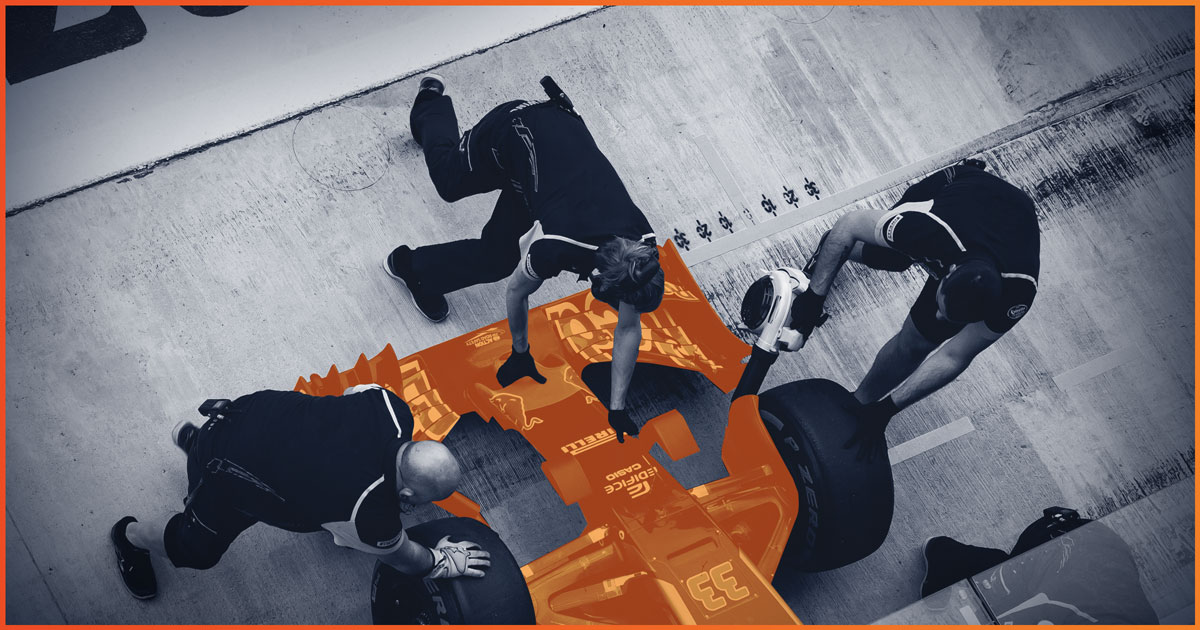
Entrepreneurial leaders have likely had firsthand experience with what researcher Bruce Tuckman coined the Five Stages of Team Development. I’ve found this model provides a helpful reference for leaders rolling out EOS throughout their entire organization.
When my clients introduce EOS concepts through their organization, they seek to harness human energy using simple tools and principles. They strive to get everyone on the same page, instill focus and accountability, and create more cohesive, functional, and healthy teams. At EOS, we call this achieving Vision, Traction®, and Healthy.
Stage 1: Forming
In the forming stage, team members get to know one another and figure out their roles. As an entrepreneurial leader, you must set expectations and lay the foundation for a cohesive team.
You can begin by clearly defining each team member’s role on the team and in the company. Doing so will help everyone stay focused and on the same page. You can also work to create an inclusive environment where everyone feels comfortable sharing their thoughts and ideas.
Next, set clear goals for the team. This way, everyone knows what success looks like and what they’re working toward. Lastly, introduce EOS concepts at every meeting and in day-to-day operations.
As leadership introduces EOS throughout an organization, The Accountability Chart™ illustrates how each person’s roles fit into the company. Moving forward, The Accountability Chart will continue to help bring clarity to each person’s roles.
Stage 2: Storming
In the storming stage, team members may struggle to work out how to use EOS while completing their tasks. While learning to run on EOS, you should expect bumps along the way.
While conflict is normal at this stage, encourage open communication to address any issues quickly and efficiently. Some team members may adopt it more slowly than others, while some may be unable to adapt to using the new system at all.
Your role as a leader is to remain consistent and transparent about expectations to keep everyone on track.
Stage 3: Norming
Storming transitions to norming when team members better understand EOS concepts and how they improve the team’s work experience. Once in the norming stage, members shift their energy to focus on team and company goals. Productivity increases.
As a part of this stage, the team will see how they can do their jobs more effectively. They’ll also begin to see how their role impacts the greater good of the company.
Keep encouraging open communication. While problems will continue to arise, you can work with the team to address issues quickly and solve them forever.
Stage 4: Performing
Team commitment and member competence in running on EOS are high. Members make significant progress toward goals and continue to deepen their knowledge in their respective areas. They will find ways to support one another through cross-training and offer ideas for improvements.
Your role here should be to celebrate wins, remove roadblocks, encourage professional development, and course-correct as situations change.
As your company grows, you may find your current Accountability Chart no longer supports further growth. This may require changes in the model and a shake-up in team structures. The change management associated with the final stage (adjourning) can help your team transition while minimizing disruption to productivity.
Stage 5: Adjourning
When a reorganization causes a team to dissolve, leaders can expect team members to experience a range of emotions. Some may feel anxiety over their future role (or whether they have one) in the company. Others may feel sad at “losing” the close camaraderie developed with others on the team.
While acknowledging feelings and supporting members, help your team focus on completing deliverables and transitioning any remaining work. You should also plan for lessons learned and debriefs, and of course celebrate the team’s accomplishments.
When using EOS Tools in your business, consider how the five stages of team development might impact your progress. As your organization gets stronger in the Six Key Components™ of a healthy business, your teams will grow stronger too.
How strong is your business today? Find out by taking the Organizational Checkup™.






